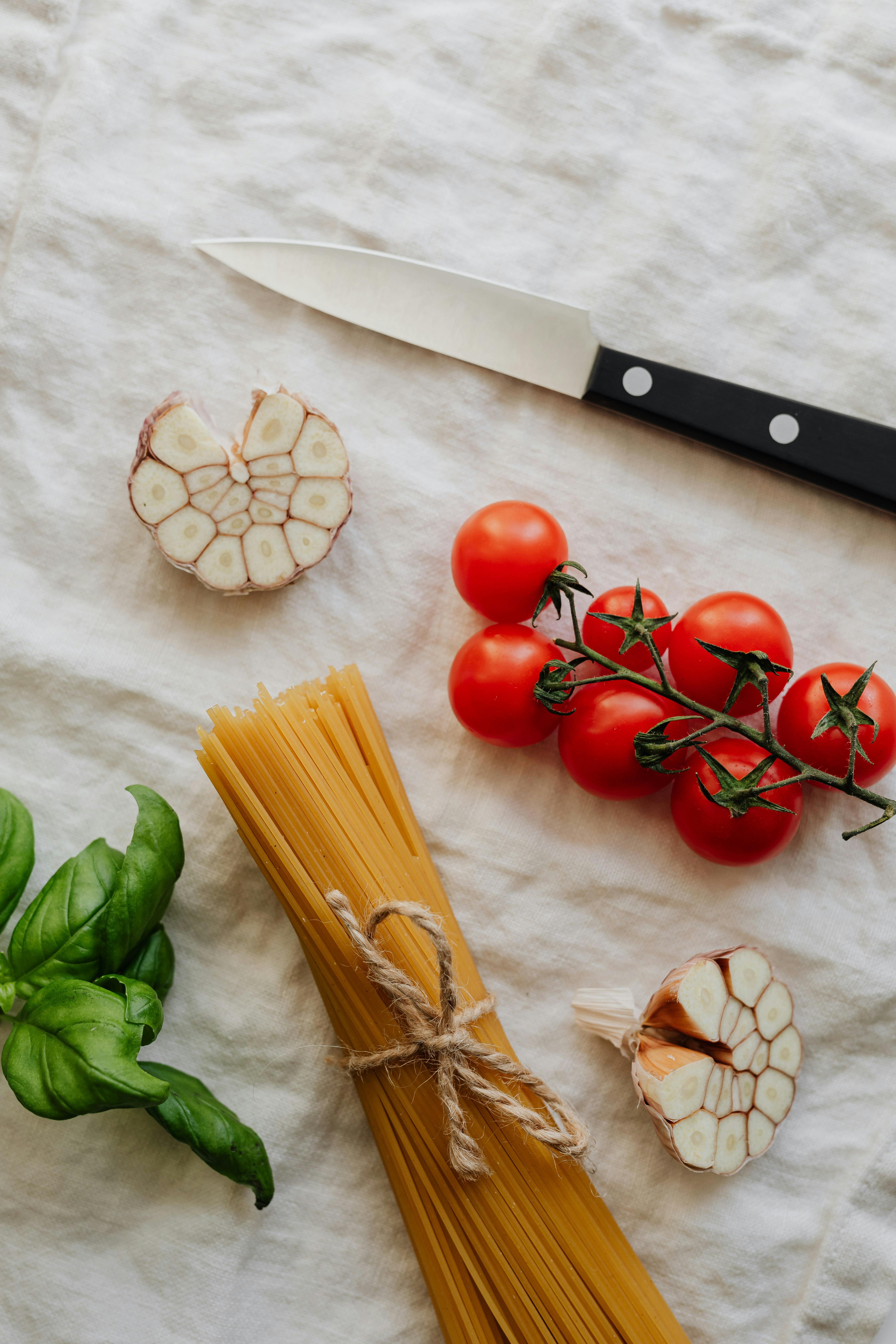
Essential Guide to a Clear Liquid Diet for Pancreatitis
When faced with **pancreatitis**, following a clear liquid diet is often advised during the initial phases of treatment. This restrictive diet can aid in alleviating symptoms by allowing the pancreas to rest and heal. Understanding the dietary needs and restrictions is crucial for recovery and long-term health. This article will explore the best options for a clear liquid diet, discuss potential benefits, and provide practical advice to manage pancreatitis effectively.
**Benefits of a Clear Liquid Diet**
- Reduces strain on the digestive system.
- Allows for hydration without gastrointestinal discomfort.
- Can aid nutritional absorption through easier-to-digest liquids.
- Prepares patients for gradual dietary reintroduction.
This guide will highlight the top five options that are suitable for a **pancreatitis diet plan**, explain **foods to avoid with pancreatitis**, and offer a comprehensive view on clearance liquids, aiding in **pancreatitis recovery**. We will also cover practical tips for successfully following a liquid diet throughout your healing journey.
Top 5 Options for Clear Liquid Diet in Pancreatitis
1. Clear Broth and Soups
Clear broth, especially chicken or vegetable-based, is one of the most recommended options for those undergoing a **liquid diet after pancreatitis**. It provides minimal nutrients but is gentle on the digestive system. It can be warmed and consumed throughout the day, providing necessary hydration.
Incorporating clear soups such as **clear vegetable broth** not only contributes to hydration but also offers flavors that can be comforting during recovery. When opting for clear broth, be cautious of any additives or extra fats that can irritate the pancreas.
2. Gelatin Desserts
Gelatin-based desserts are another excellent choice for a **pancreatitis recovery diet**. These desserts are light and provide hydration while containing minimal calories and fat. They are easy to prepare and can be consumed without taxing the digestive system.
Look for clear gels without added fruits or fats. Making homemade gelatin using natural fruit juices ensures control over ingredients, thus honoring your dietary restrictions.
3. Herbal Teas and Infused Waters
Herbal teas such as chamomile, peppermint, or ginger can be soothing. Additionally, they help maintain fluid intake, vital for anyone following a **pancreatitis diet plan**. Infused water by adding fruits like lemon or cucumber can make hydration more enjoyable while ensuring health benefits.
These beverages are free from caffeine, which may stimulate the stomach and possibly aggravate pancreatitis symptoms. Herbal teas are also known for their anti-inflammatory properties, enhancing digestion and offering relief.
4. Juices and Clear Liquids
Freshly squeezed juices, such as apple or grape juice, can provide essential vitamins while being gentle on the digestive system. However, they should be consumed in moderation due to their sugar content. It’s vital to choose clear liquids without pulp to maintain the clear liquid diet status.
Always opt for juices that are low in sugar to prevent spiking insulin levels, particularly important for those managing **pancreatitis symptom management through diet**.
5. Electrolyte Solutions
Electrolyte solutions are beneficial for maintaining hydration, especially during acute episodes where nausea or vomiting may be prevalent. These solutions provide essential minerals that support overall health and may be necessary post-surgery or while recovering from severe **pancreatic diseases**.
Ensure that the solutions chosen are sugar-free and provide balanced electrolytes, which are crucial for bodily functions while ensuring your body isn’t overloaded with unnecessary sugars or fats.

Dietary Recommendations for Managing Pancreatitis
Building on these fundamentals, several dietary recommendations can enhance the effectiveness of a clear liquid diet in managing pancreatitis. These tips not only help during recovery phases but also ensure long-term maintenance of digestive health.
Monitoring Food Reactions
It is essential to track how different liquids and foods impact your body post-diet, allowing for better understanding and adjustment of your meal plan to accommodate personal tolerance levels.
Consulting a Dietitian
Personalized meal guidance from a registered dietitian specializing in gastrointestinal health can be invaluable. They can tailor recommendations based on individual nutritional needs and digestive responses.
Understanding Hydration Needs
Hydration plays a pivotal role in recovery from pancreatitis. Drinking adequate fluid amounts, primarily water and clear liquids, is crucial to prevent dehydration and support overall wellbeing.

Increase Nutritional Support
Consider incorporating **liquid supplements for pancreatitis**. Such supplements can provide necessary vitamins and nutrients without the complexity of solid foods, supporting the body's recovery process.
Transitioning to Solid Foods
Recognizing readiness for solid foods after pancreatitis is vital. Carefully monitor your recovery, and introduce soft, easily digestible foods gradually, ensuring they align with pancreatitis dietary guidelines.
Conclusion
The journey toward recovery from pancreatitis involves careful dietary management. Following a **pancreatitis clear liquid diet** can ease symptoms and support healing. With options ranging from clear broths and herbal teas to gelatins and electrolyte solutions, there are plenty of safe choices to help maintain nutrition without stress on the pancreas.
Prioritize hydration, monitor your body's reactions, and seek professional advice to effectively manage your dietary needs. Each step taken toward a more informed and mindful eating approach contributes significantly to your recovery and long-term health.
```